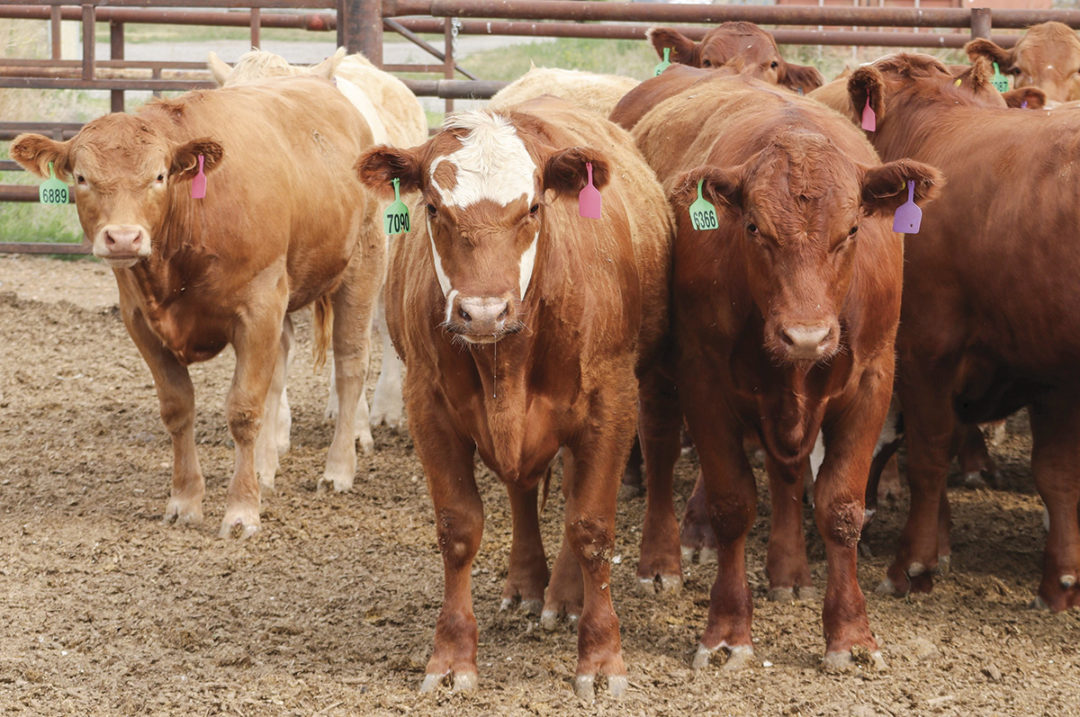The Cattle on Feed report released by the USDA on March 22 shows that animals on feed for the slaughter market on feedlots with more than 1,000 head capacity in the U.S. totaled 11.8 million head on March 1. That inventory is 1% higher than the total on March 1, 2023.
There was a 10% increase in February feedlot placements from 2023 to 1.89 million head, representing the most February placements since at least 1996, which is as far back as USDA Cattle on Feed data goes. Net February placements were 1.83 million head.
Feedlot placements of cattle in February by weight class were as follows:
- Under 600 pounds: 360,000 head
- 600 to 699 pounds: 330,000 head
- 700 to 799 pounds: 515,000 head
- 800 to 899 pounds: 485,000 head
- 900 to 999 pounds: 150,000 head
- 1,000 pounds and heavier: 50,000 head
Marketings of fed cattle in February totaled 1.79 million head, 3% above 2023. Other disappearance in the month totaled 56,000 head, 3% below 2023.
“Placements [being up so much] may have been a surprise for some who know we have fewer cows, fewer calves and falling beef production,” said Texas A&M ag economist David Anderson in a report for the Livestock Marketing Information Center.
Despite it being a shorter month, more animals were placed in February than in January – a rare occurrence. Anderson attributed this to winter storms pushing back January placements and unseasonably warm February weather putting some placements ahead of schedule. Warm weather in some regions may have encouraged producers to get cattle out of fields where crops such as wheat will be growing and into feedlots. Anderson expects the number of cattle on feed to begin dropping below 2023 levels as summer approaches.
The April Cattle on Feed report will include a quarterly breakdown of steers and heifers on feed, which should give some clues on heifer placements that many producers have questions about.
The March 22, 2024, Cattle on Feed report can be found here.








